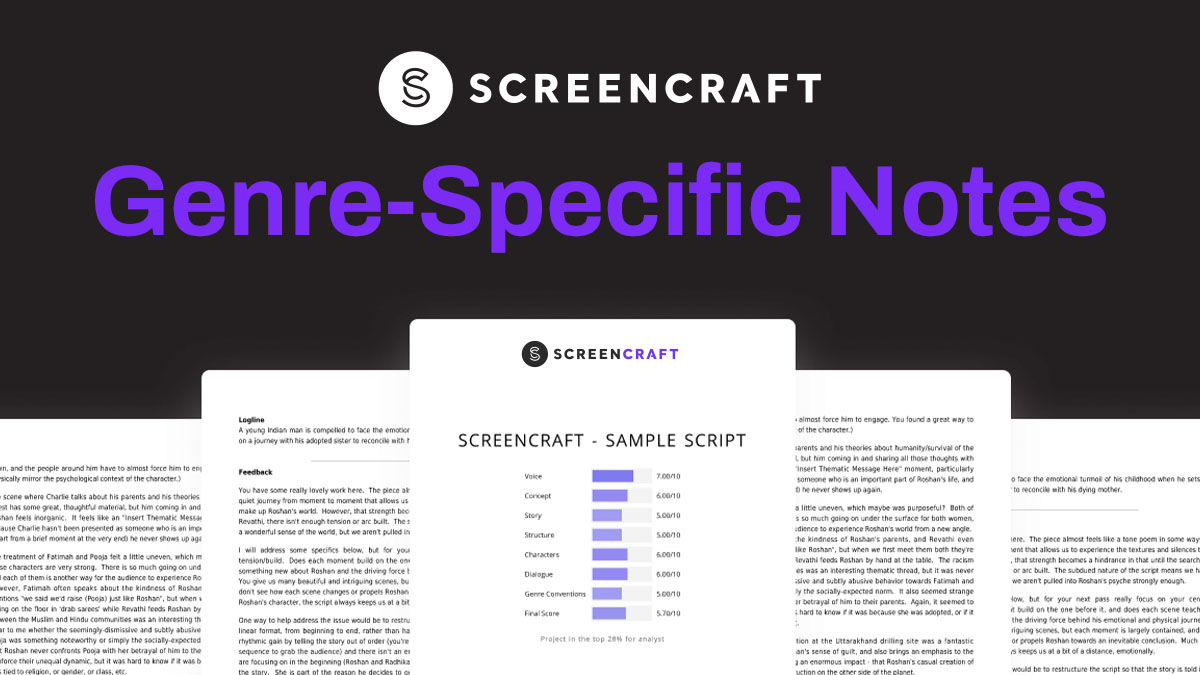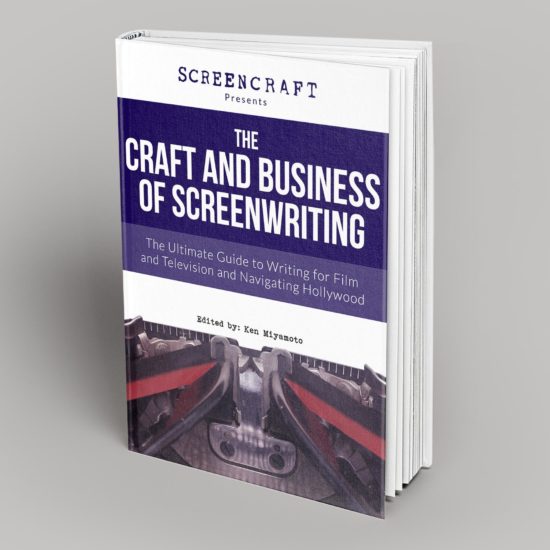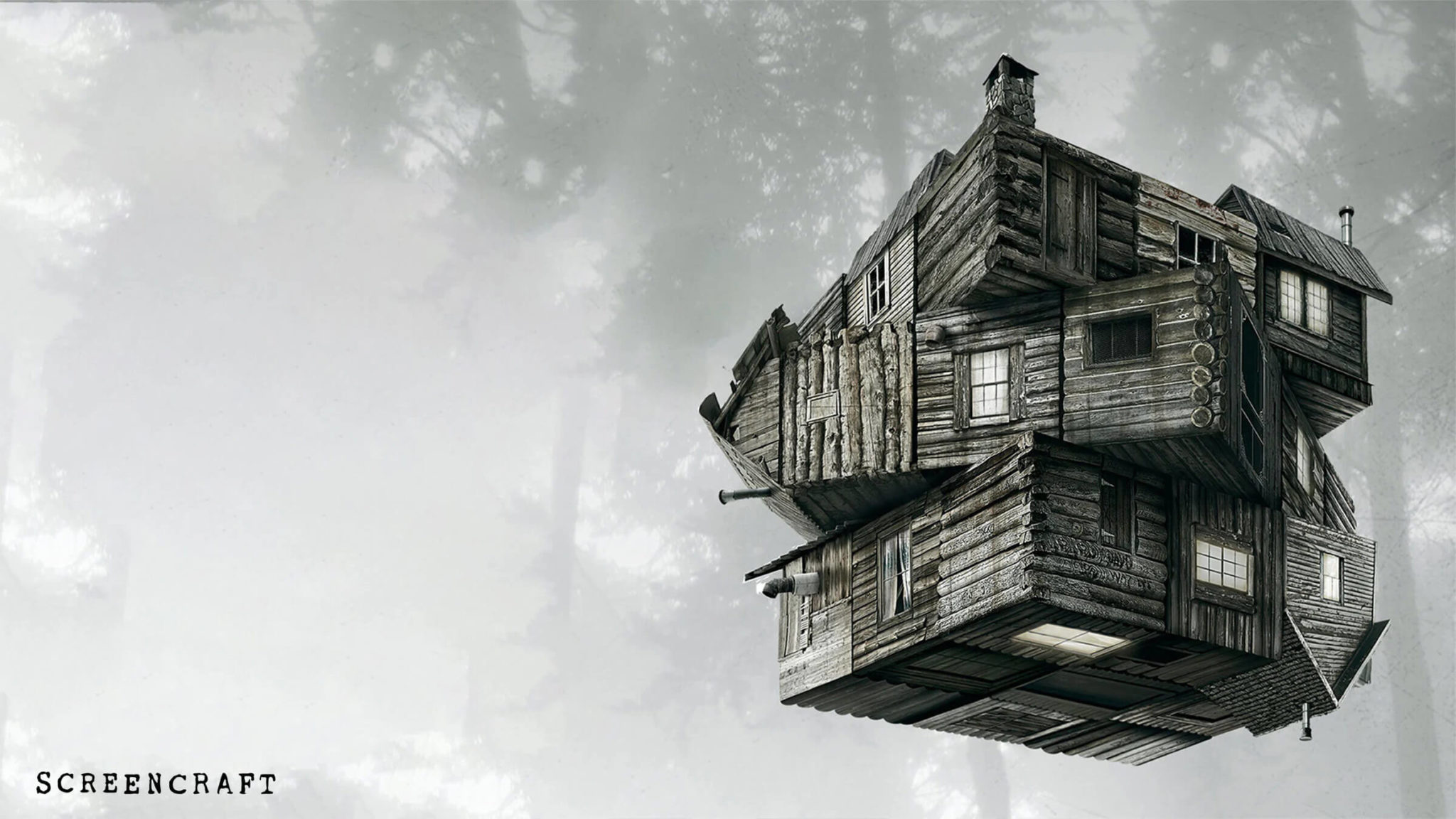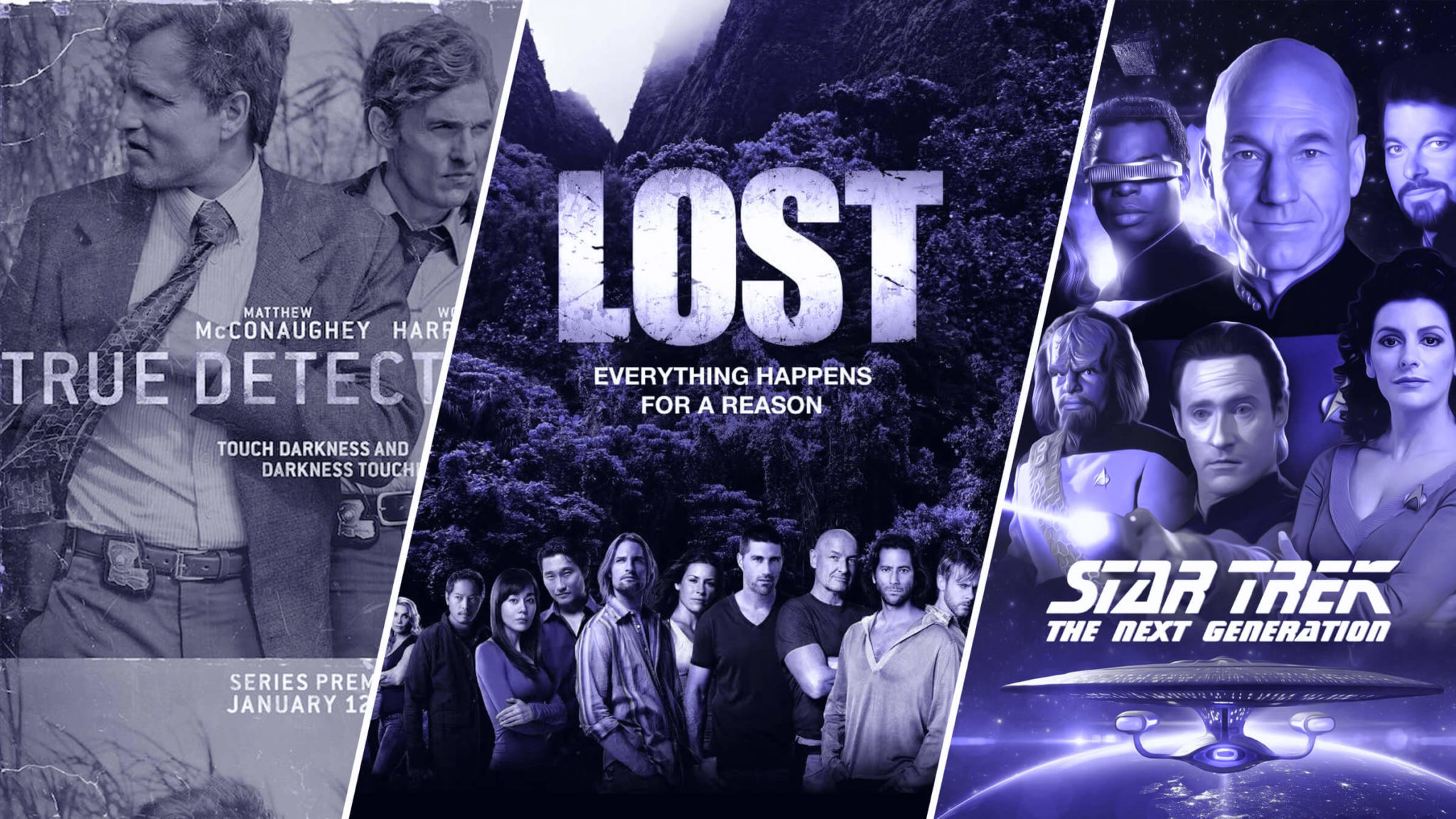By: Beverly Peders
I first became interested in languages when a friend told me about Linguistic Challenges made by the Linguistics Society of America. While flexing my grey cells on a puzzle-form of translation I realized these puzzles showed me how diverse languages are and how they are telling about each culture.
As a writer, I jumped on the idea that I could use these nuances in language to benefit my world building. I was not the first to discover this. Admittedly, there aren’t many stories that call for the creation of an entire language, which is good given the enormity of the task. But for those that do (fantasy and science fiction, for example) it can be an essential element of world-building.
While you may listen to languages in film and think it’s just gibberish with subtitles, the majority of the languages you know from Harry Potter’s Parseltongue to Avatar’s Na’vi function as real languages called constructed languages.
Constructed languages are described as any language that was created or invented and did not evolve naturally. There are different types of constructed languages: auxiliary, ritual, engineered, and artistic. The kind used in everything from novels to video games is artistic languages or 'artlang' for short.
While constructing a language sounds difficult (especially if you already have problems with your native tongue like me), there are benefits to having them. But what exactly are the benefits?
Realism
Since the genre’s that use 'artlang' the most are Science Fiction and Fantasy, having organic languages in your worlds can add depth. If aliens spoke English (of course, a well-placed “universal translator” can solve that problem if your show is inundated with alien species), soon enough the audience would blur the lines between humans and the alien species no matter the different shades of skin. Of course, this could always be corrected with an interesting culture that clearly draws the line, but there are other uses. Earth has 6909 languages making it is unrealistic for there to be a singular language on a planet or entire continent without proper explanation.
Mystery
If characters talk to each other in their language without subtitles, it adds a layer of mystery and suspense as the audience doesn’t know what was said. Even more if the character does, but doesn’t explain it until everything plays out. Languages – more than just a variation of Anglo-Saxon Runes or making symbols to replace letters in the English alphabet (Tolkien’s Dwarven script and Dragonology’s dragon script) – add more to the culture. From a director and art designer’s viewpoint, an artlang can help with designs and give the audience a visual feel of the culture. Documents will have more than just fancy could-mean-something script and in fact, if able to be decoded, could give fans some puzzles to solve.
Interaction
Speaking of audience participation, there is a great opportunity for fans to take your language with them! Hardcore Trekkies can learn Klingon or Golic Vulcan, Tolkien fans have access to Quenya or Sindarin and more. With the recent interest in learning artlangs due to the popularity of Game of Thrones, Duolingo plans on coming out with High Valyrian for fans who want a real immersive experience. You can even learn Dothraki on Living Languages for $30. For some audiences who find themselves enthralled in the world you created, learning the languages is the next step to immersing completely. With an artlang, you can allow the audience to become a part of your writing.
Culture
By creating the language, you delve deeper into the culture you’re creating. Have an underground race? They might be chiseling most of their written language into rocks, making them a strong species – at least those who write. They’re language would also consist of straight lines since chiseling curves is more difficult and maybe they’ll make it easier to read in the dark by feel if they don’t have good access to light. See? By conceiving a language, you delve deeper into creating the culture. The benefits aren’t just for the audience. Once you create your language, you can understand the cultures better. Maybe you have a race where the elite have a more elegant language than their servants, creating class tension. There’s so many opportunities to expand world building through just languages.
Construction
How do you make a language? This isn’t the kind of class you can find in your college courses or online. David J. Peterson, the man behind languages from Thor: The Dark World to SyFy’s Defiance and Dominion to Game of Thrones, recently wrote a book called The Art of Language Invention and you bet I’ve already checked it out from my local library. While it doesn’t outright say what’s best, leaving you to pick and choose from his methods, it is a blueprint for constructing your own language. Sure, you could always hire someone or even muster whatever you can out of the WikiHow explanation, but explore all options and even research constructed languages before committing to paying someone or diving into unknown waters.
For all the latest ScreenCraft news and updates, follow us on Twitter and Facebook!
Tags
Get Our Screenwriting Newsletter!
Get weekly writing inspiration delivered to your inbox - including industry news, popular articles, and more!





















